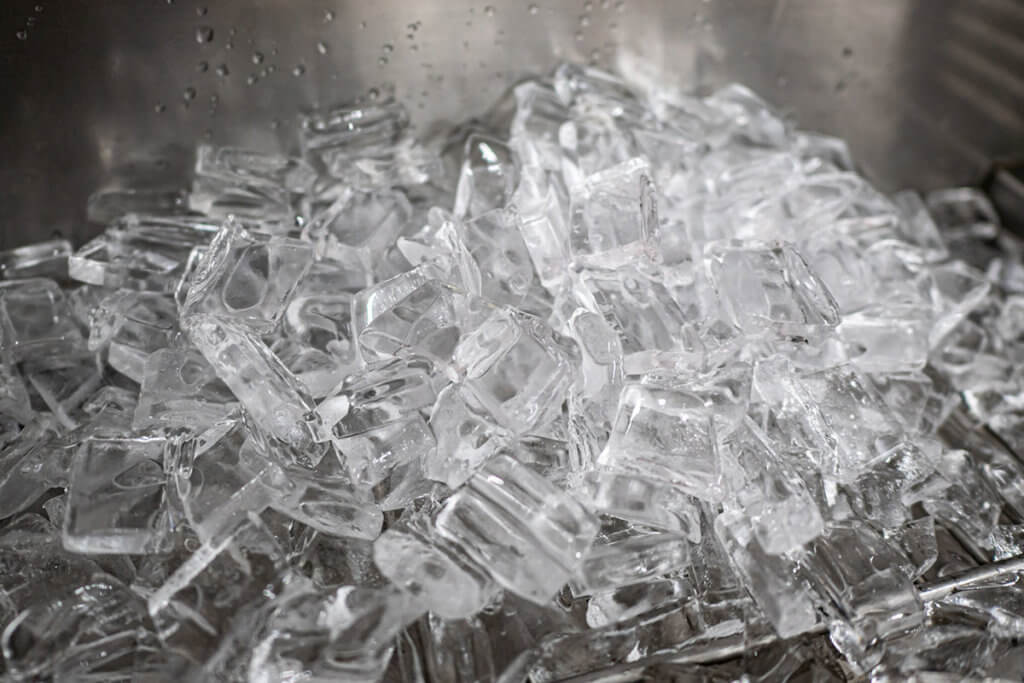
Approximately half a million flexible bronchoscopies are performed in the U.S. annually and while the risk of infection is rare, cases do happen.
Post-flexible bronchoscopy procedure infections can result from several variables, including:
Now another factor can be added to the list: infection caused by contaminated ice used for bronchoalveolar lavage.
During a bronchoalveolar lavage (BAL), fluid is squirted into a small part of the lung and then collected via flexible bronchoscope for examination. The procedure is widely used to diagnose lung disease.
According to a new study from the Society for Healthcare Epidemiology of America (SHEA), a 2017 pseudo-outbreak of Mycobacterium mucogenicum was traced back to contaminated ice used in BAL procedures.
The outbreak, which affected 15 patients at University of North Carolina Hospitals, resulted from nonsterile ice mixed with sterile saline for bronchoalveolar lavage to reduce risk of bleeding. According to the study, the two ice machines being used for these procedures tested positive for M. mucogenicum.
“We were very pleasantly surprised to find none of our patients were infected and that this was a pseudo-outbreak,” Judie Bringhurst, an infection preventionist at UNC Hospitals and the lead author of the study, told Infectious Disease News. “It is important to consider pseudo-outbreaks in evaluating a cluster of positive cultures linked to a procedure to prevent unnecessary diagnostic tests and/or treatment of patients.”
A pseudo-outbreak refers to situations where there is a rise in positive culture results but no evidence of patient disease.
According to the study, researchers inspected the bronchoscopes used on these patients as well as the reprocessing records for the bronchoscopes. The automated endoscope reprocessor (AER) was also inspected as part of the research.
Other studies have shown outbreaks have resulted from contaminated ice machines, with infectious bacteria found in drain pan grills and ice and water chutes.


